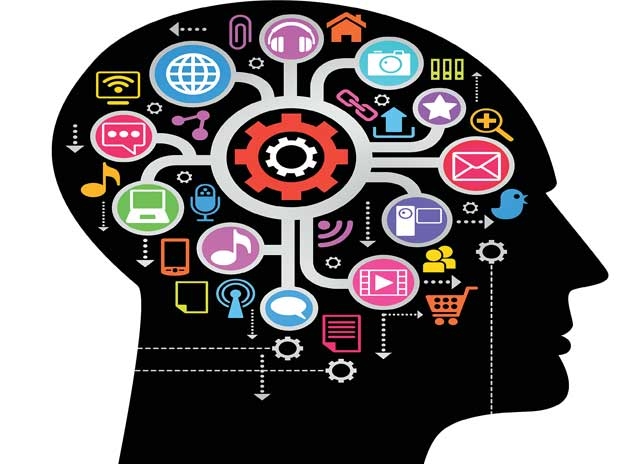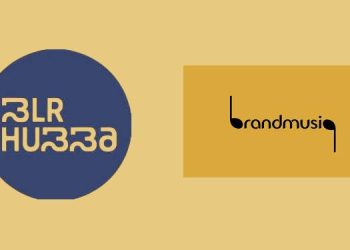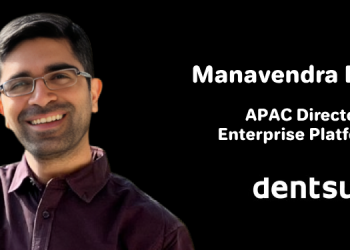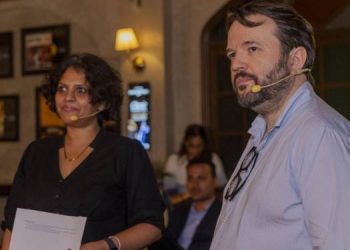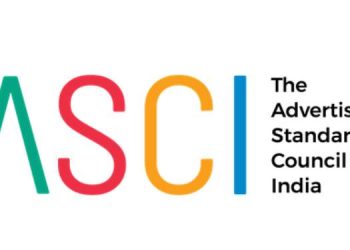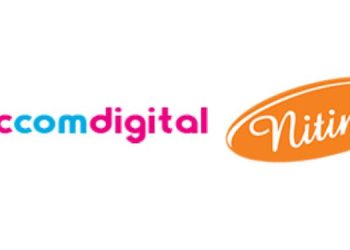
After working out of makeshift labs for more than two years, Nielsen India is scaling up to read consumers’ brainwaves for answers that marketers can use in communication.
Using consumer neuroscience, brands have been finding out which cut of their ad is better, which programmes would their ads be better placed in, whether an endorser actually gels with the brand and even what in a car’s design grabs more attention, according to the leading consumer research company. Companies in the Tata group, ITC, media agencies such as WPP-owned Maxus have all been using Nielsen’s tool, neuro focus.
The readings reveal attention levels, memory retention and emotional involvement in each second of the ad. While attention and memory help register something new, attention and emotional engagement make her remember when she shops.
While Nielsen has been conducting neuro-research in pop-up labs so far (say, in a conference room), it recently threw open the doors to a full-fledged lab in Mumbai for neuro-insights as and when brands want. Nielsen’s challenge would be to hasten the adoption of a technique that is two to three times more expensive than regular focus groups (sample group of consumers deployed in a brand research).
It is vying for accuracy with 20-24 individuals unlike focus groups that have eight to 10 people. The non-verbal modus operandi removes bias that modern consumer research is increasingly wary of. Joe Willke, president, Nielsen Neuro, says, “It removes the chance of post-hoc rationalisation. It is now known that human beings always make emotional, and not rational, choices. It is only after that they rationalise.”
Harish Bhat, member of the Group Executive Council, Tata Sons, says, “Neuroscience can be used particularly in areas where measurement of behaviour is challenging and can’t be articulated well. Also, it reiterates my learnings on how the emotive aspect has to be highlighted for women consumers. Emphasis on faces work better with them.” Garth Viegas, global insights, director, Tata Global Beverages (TGB), which has used the method for brands such as Tetley, says, “Having worked across countries and techniques, I have seen in traditional research, consumers give what they think is the right answer. Neuroscience directly reveals whether they will remember the communication in the long term or not.”
Tetley used it to evaluate its green tea campaign with actor Kareena Kapoor. “Neuro focus showed us a massive spike in memory in the scene where Kapoor runs her hand over her stomach. It was analysed as making an instant connection with slimming, while in traditional research they just said the tea had a slimming effect.” As a result, when cutting the original but longer ad to lower media costs, Tetley knew which parts of the ad to retain. TGB has used neuro focus’ eye-tracking to find out which packaging colour and visual cues to use in the US and UK. “A good packaging design can improve sales by 30-50 per cent,” says Viegas.
Nilanjan Mukherjee, marketing head, personal care products, ITC, says, “Consumer neuroscience has been explored in the past on our personal care brands in communication testing.” For example, ITC used neuro focus for gauging reactions to its deodorant brand, Engage’s ad. ITC found that scenes depicting the equality between a man and a woman worked well and highlighted them in subsequent cuts, in contrast to other players depicting women swooning over macho men. There were scenes that alternatively catered to women and men to retain both of their attention. ITC, reportedly, saved almost 50 per cent of the media cost with the resultant shorter edit without losing out on impact. Bhat says, “Using neuro focus, we can run with those sections of an ad which impact the consumer positively.”
Piyush Mathur, president, India Region, says, it has helped with a car’s design as well as assessing whether an ambassador fits a brand or not.
Shonali Ghosh, executive director, India Region, says that the method could ascertain whether an expensive TV programme would detract from or enhance an ad’s appeal, again optimising the media budget. Advertisers have also found that their iconic imagery might not work that well in hoardings or on the Internet. A car manufacturer found which parts of the car drew greater attention.
Kartik Sharma, MD, South Asia, Maxus, a WPP media agency, says, “Consumer neuroscience uses medical protocols already established and we are putting together a study with Nielsen on the effectiveness ads in different types of media which can be tapped by our clients.”
Meenakshi Madhvani, managing partner, Spatial Access Solutions says, “Neuroscience is not new in consumer research, we have used it for hoarding design but the new applications are always emerging.”
Of course, in the 10 markets that it has labs in, Nielsen has to ensure that it gets its science right. Besides, NeuroFocus’ knowledge, the firm Nielsen acquired in the US to start off on this path, it has Dr Robert Knight, the Evan Rauch Professor of Neuroscience, Director of the Helen Wills Neuroscience Institute at UC Berkeley consulting with Nielsen Neuro as its chief science advisor. A team of 64 comprise the team in India.
It might still take time to convince the C-suite in most consumer companies. While Ghosh says that Nielsen is seeing repeat business for the division, would advertisers get a brainwave to use it more often soon?
Source : BS

